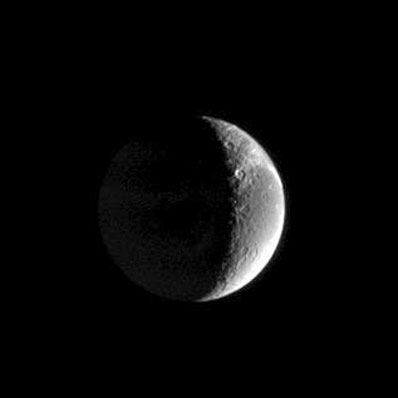
Spaceflight Now +

|

|

|

|

Premium video content for our Spaceflight Now Plus subscribers.

Shuttle history: STS-3
 This retrospective remembers the third voyage of space shuttle Columbia. The March 1982 mission served as another developmental test flight for the reusable spacecraft, testing its systems while also conducted a limited science agenda. STS-3 is distiguished by making the first landing at White Sands, New Mexico. This retrospective remembers the third voyage of space shuttle Columbia. The March 1982 mission served as another developmental test flight for the reusable spacecraft, testing its systems while also conducted a limited science agenda. STS-3 is distiguished by making the first landing at White Sands, New Mexico.
 Browse video collection Browse video collection

Planet discovery
 Astronomers announce major findings about planets outside our solar system at this Spitzer Space Telescope science news conference on March 22 from NASA Headquarters. (21min 22sec file) Astronomers announce major findings about planets outside our solar system at this Spitzer Space Telescope science news conference on March 22 from NASA Headquarters. (21min 22sec file)

 Play video: Play video:
Dial-up | Broadband

 Download audio: Download audio:
For iPod

Story of NASA-Ames
 The storied history and achievements of NASA's Ames Research Center are remembered in this narrated movie about the California facility. (23min 40sec file) The storied history and achievements of NASA's Ames Research Center are remembered in this narrated movie about the California facility. (23min 40sec file)
 Play video Play video

Atlas 5 soars
 This sequence of images from a sound-activated still camera fitted with a fisheye lens was stitched together to provide a unique perspective of the Lockheed Martin Atlas 5 rocket blasting off from Complex 41 with the Inmarsat spacecraft. This sequence of images from a sound-activated still camera fitted with a fisheye lens was stitched together to provide a unique perspective of the Lockheed Martin Atlas 5 rocket blasting off from Complex 41 with the Inmarsat spacecraft.
 Play video Play video

Delta 4 pad camera 1
 The first Boeing Delta 4-Heavy rocket ignites and lifts off from pad 37B at Cape Canaveral Air Force Station on its demonstration test flight as seen through this sequence of images from a sound-activated still camera. The first Boeing Delta 4-Heavy rocket ignites and lifts off from pad 37B at Cape Canaveral Air Force Station on its demonstration test flight as seen through this sequence of images from a sound-activated still camera.
 Play video Play video

Delta 4 pad camera 2
 A second sound-activated still camera placed at pad 37B by Spaceflight Now photographer Ben Cooper provides a different view of the Delta 4-Heavy rocket launch. A second sound-activated still camera placed at pad 37B by Spaceflight Now photographer Ben Cooper provides a different view of the Delta 4-Heavy rocket launch.
 Play video Play video

 Become a subscriber Become a subscriber
 More video More video

|

|

|

|
|

|

Far-off fractures on Dione
CASSINI PHOTO RELEASE
Posted: March 23, 2005
Wispy streaks curl over the horizon on Saturn's moon Dione, caught here in a distant view from Cassini. The streaks were first revealed by NASA's Voyager spacecraft and subsequently were shown by Cassini to be an immense system of linear fractures in the moon's surface. Dione is 1,118 kilometers (695 miles) across.

Credit: NASA/JPL/Space Science Institute
|
The image was taken with the Cassini spacecraft narrow-angle camera using a filter sensitive to wavelengths of ultraviolet light centered at 338 nanometers. The image was acquired at a distance of approximately 1.3 million kilometers (808,000 miles) from Dione and at a Sun-Dione-spacecraft, or phase, angle of 118 degrees. The image scale is 8 kilometers (5 miles) per pixel.
The Cassini-Huygens mission is a cooperative project of NASA, the European Space Agency and the Italian Space Agency. The Jet Propulsion Laboratory, a division of the California Institute of Technology in Pasadena, manages the mission for NASA's Science Mission Directorate, Washington, D.C. The Cassini orbiter and its two onboard cameras were designed, developed and assembled at JPL. The imaging team is based at the Space Science Institute, Boulder, Colo.
|

|

|

|

|



